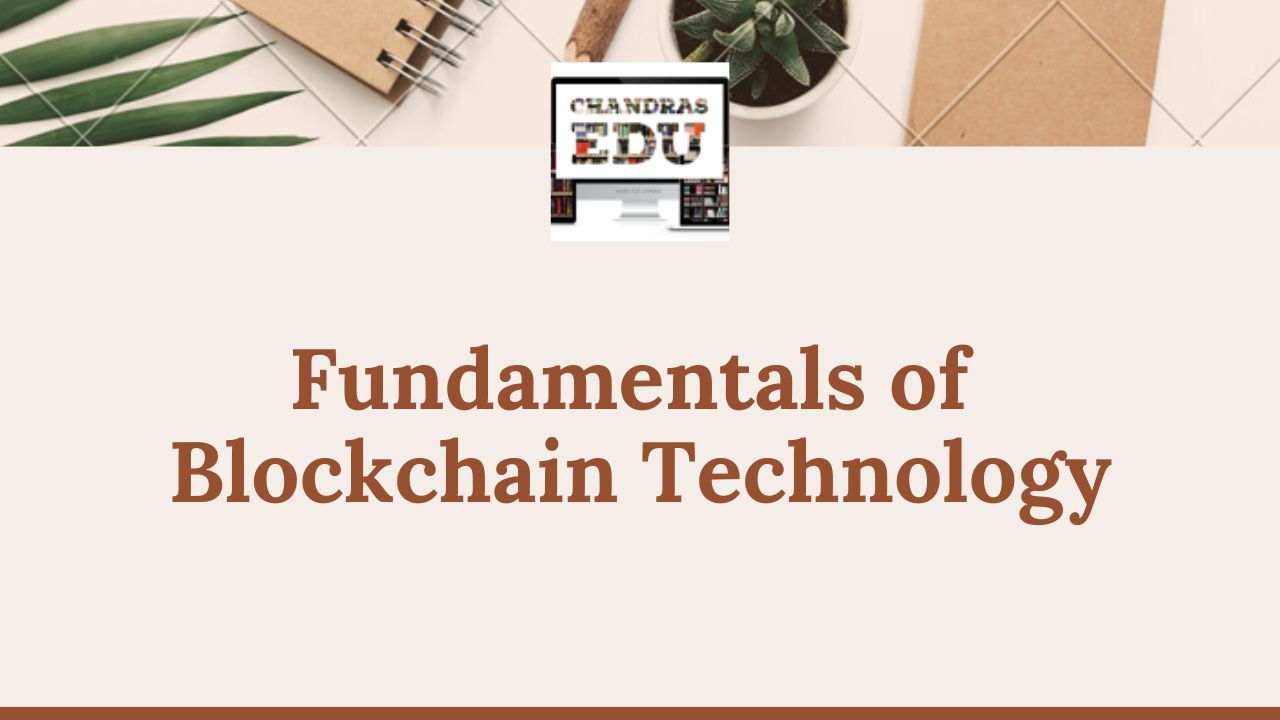Ethereum is an open-source, decentralized blockchain platform that allows developers to develop and deploy decentralized applications (dApps) and smart contracts. Ethereum’s structure can be divided into three main components: the Ethereum Virtual Machine (EVM), the Ethereum Network, and the Ethereum Blockchain.
- Ethereum Virtual Machine (EVM): Ethereum Virtual Machine is a runtime environment that executes smart contracts in Solidity or other programming languages. It is a sandboxed environment that isolates smart contract code from the rest of the system to prevent malicious code from harming the network. The EVM is responsible for executing the smart contract code and maintaining the Ethereum network’s state.
- Ethereum Network: Ethereum Network is a decentralized peer-to-peer network of nodes that communicate with each other to maintain the Ethereum blockchain. Nodes can be miners, full nodes, or light nodes. Miners validate transactions and add new blocks to the blockchain. At the same time, full nodes maintain a copy of the entire blockchain and validate transactions. Light nodes are lightweight versions of full nodes and do not store the entire blockchain.
- Ethereum Blockchain: The Ethereum Blockchain is a distributed ledger that records all transactions and smart contract executions on the network. The blockchain consists of blocks containing a list of transactions and a reference to the previous block. Each block is secured by cryptographic hash functions that make it immutable and tamper-proof.
The Ethereum blockchain also has its own cryptocurrency ETH – Ether, which is used to pay for transaction fees and incentivize miners to validate transactions and add new blocks to the blockchain.
Ethereum’s structure is designed to be decentralized, transparent, and secure, allowing developers to confidently build decentralized applications and smart contracts to execute as intended and without the risk of censorship or tampering.

